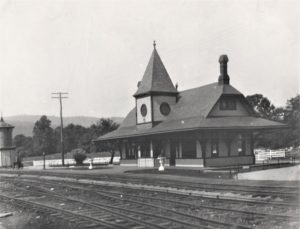Thurmont FAQs

When was Thurmont founded?
Thurmont claims 1751 as its anniversary year; however, land records suggest that several German families came to the area, more or less together, and established a loosely connected settlement across several hundred acres as early as 1738. The territory of those farmsteads stretched from Owens Creek (north of town) east to Graceham, south to Creagerstown, and then west back to the Catoctin Mountains. Maryland’s legislature formally incorporated the town in 1831.
How did Thurmont get its name?
Thurmont actually started as Mechanicstown. Lawrence Creager, who was the son of an original settler from Germany, along with his son, John laid out 50 lots in 1803 in what is now the town’s “Main Street” historic district and called the new village Mechanicstown. But, in 1894 the town’s residents voted to change the name prompted by the suggestion of a newcomer to the area to choose a name as pretty as the town. The Post Office rejected the initial favorite choice for the new name – Blue Mountain City – because it was too similar to another existing town and Thurmont eventually prevailed.
Why is Apples Church named after apples?
 Apples Church is named after Johan Peter Apple, the man who donated land in the 1760s so congregants could build the first church at the site.
Apples Church is named after Johan Peter Apple, the man who donated land in the 1760s so congregants could build the first church at the site.
What was Thurmont’s role in the Civil War?
The closest Thurmont (then called Mechanicstown) got to the war was in 1863 when Union troops marched through the area on their way to Gettysburg and then Confederate cavalry stopped at Owens Creek north of town on their retreat from Gettysburg. However, at least 80 men from the town or vicinity served in the war, some of whom never returned home.
When did the railroad reach Thurmont?
January 1871
Did anyone famous live in Thurmont?
The most notable public figure who came from Thurmont is Admiral Russell Waesche (1886 – 1946), who served as Commandant of the United States Coast Guard from 1936 to 1945. To learn about some local residents of distinction, please see our short biographies.
When did Memorial Park originate?
The town and its residents dedicated the park on November 11, 1922, which at the time was called Armistice Day and celebrated the end of World War I. The park was a memorial to the 11 men from Thurmont who lost their lives in service during that war, and the town planted 11 trees as a tribute. Congress later made the day a national holiday and changed the name to Veterans Day to celebrate service during all subsequent wars.
Have any presidents visited Thurmont while staying at Camp David?
 President Herbert Hoover is known to have come to the Thurmont area to fish along Little Hunting Creek near the Catoctin Furnace site. Other presidents started coming to the area after the Federal Government established the presidential retreat in 1942 – first called Shangri La by Franklin Roosevelt then re-named Camp David by Dwight Eisenhower. Prior to the creation of Route 15 (and then helicopters), the presidential motorcade used to travel directly through town and turn left at Corner Square to get to the retreat site. Several presidents attended church services in Thurmont and President Clinton played golf at Maple Run.
President Herbert Hoover is known to have come to the Thurmont area to fish along Little Hunting Creek near the Catoctin Furnace site. Other presidents started coming to the area after the Federal Government established the presidential retreat in 1942 – first called Shangri La by Franklin Roosevelt then re-named Camp David by Dwight Eisenhower. Prior to the creation of Route 15 (and then helicopters), the presidential motorcade used to travel directly through town and turn left at Corner Square to get to the retreat site. Several presidents attended church services in Thurmont and President Clinton played golf at Maple Run.
Why is the Thurmont Historical Society in a building called “The Creeger House”?
The house at 11 North Church Street was an active residence since the 1820s. John R Rouzer, perhaps the most prominent resident and leader in the town’s history, bought the property in 1865 and lived in it until his death in 1914. Edwin and Ethel Creeger bought the house in 1926 and lived in it until Edwin’s death in 1971. The Creegers owned another home in the Eyler’s Valley area, and after Edwin’s death Ethel left the Thurmont house and didn’t return. In 1990 she donated the house to the Thurmont Historical Society to be used as a museum and office.




